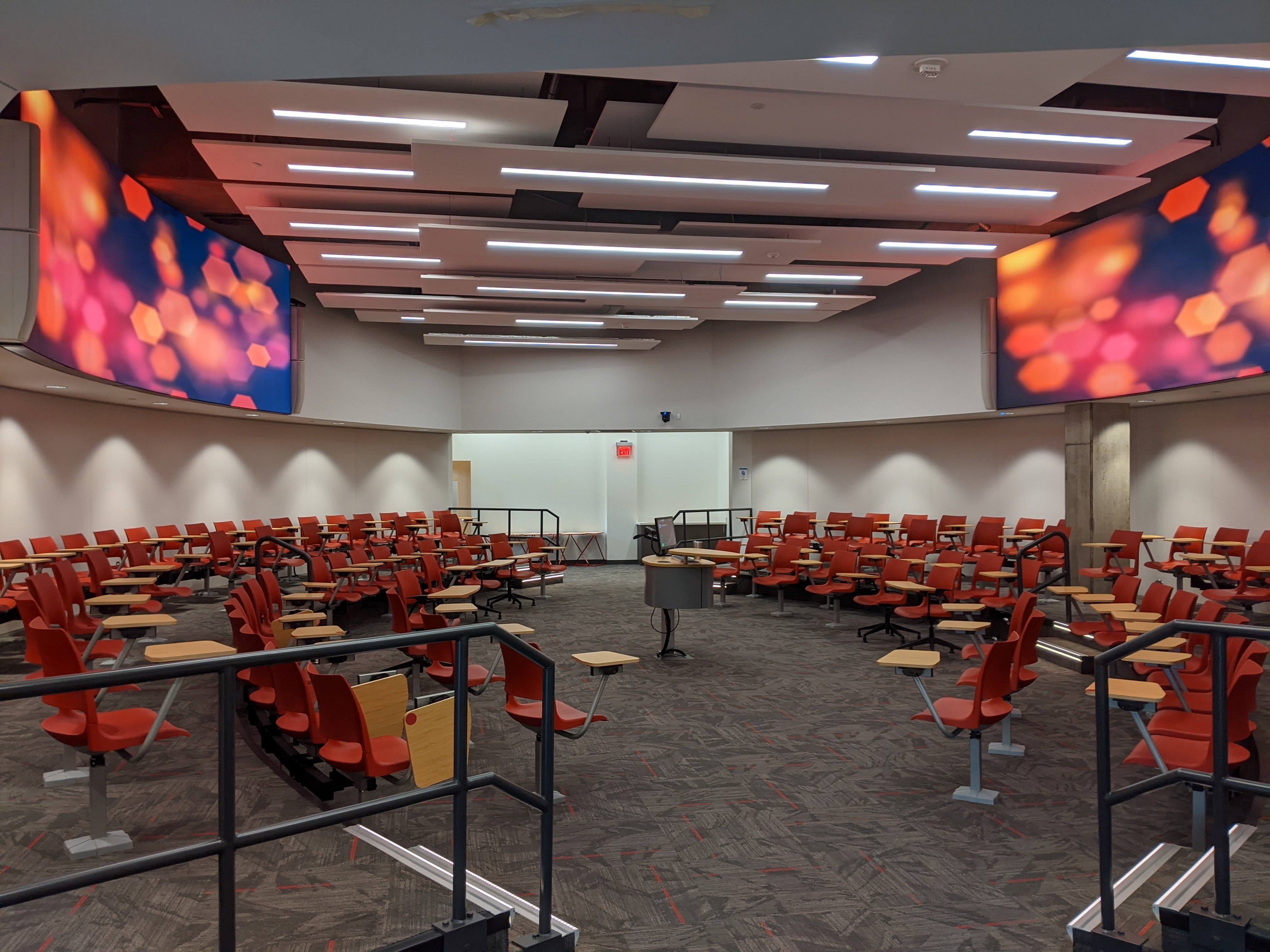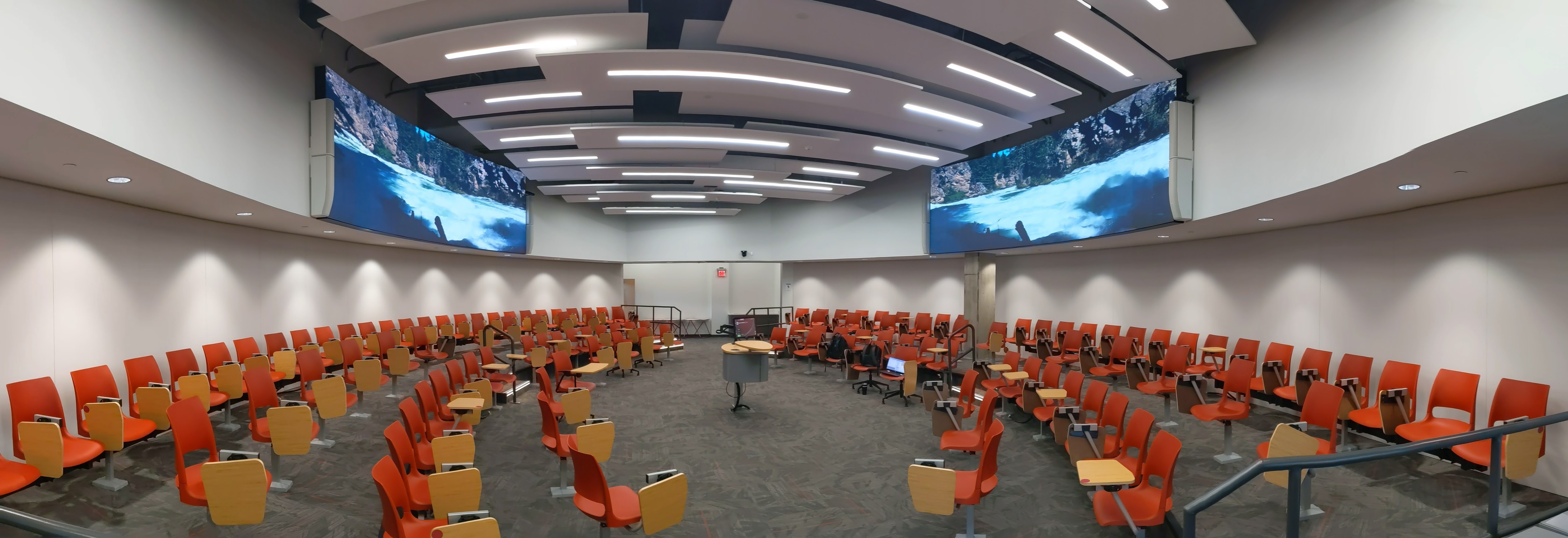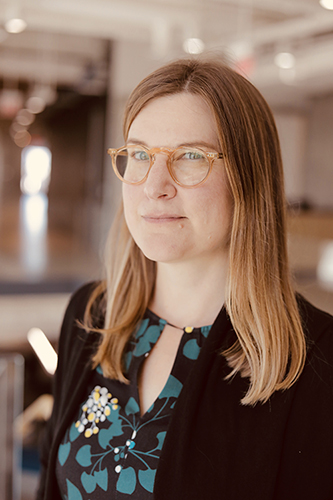2021 Trends: Continuing to Enhance Hybrid Classroom Technology
Now that nearly all learning has a significant online component, and schools of all types will be endeavoring far to make a hybrid approach work for the foreseeable future, the outlook for 2021 places an emphasis on refinement of tools and practices. Particularly within higher education, where a hybrid approach to learning was already on the rise.

It’s probably stating the obvious to say that colleges and universities have seen astronomical growth in usage of remote learning tools and collaboration platforms during the pandemic. But as these tools see nearly universal adoption by educators and students, new challenges are arising. For anyone reluctant to embrace digital content and interactive offerings in the past, suddenly there is an urgent need to master the creation and participation in engaging online content.
At Indiana University, where Julie Johnston, Acting Associate Vice President of Learning Technologies with UITS Indiana University, and her colleagues within the Learning Spaces department have long been in the process of evolving and adapting classrooms and other collaborative spaces founded in research and analytics, the new numbers are underscoring their efforts to create a learning environment that’s user friendly for students and educators alike.
Most of the learning facilities at IU were already outfitted for remote learning when the pandemic hit. But as was the case at every school, there was a massive ramping up of efforts to ensure the process felt seamless.
The metrics at IU will sound familiar to many higher-ed AV managers. The use of Zoom is up more than 100 percent. As for on-demand video, use of the Kaltura platform has grown by 500 percent, with roughly 110,000 unique users on the system consuming an average of one million minutes each day.
Those are some big numbers, and ones that prompt big questions for the Learning Spaces department as it looks to the next year and beyond. In looking at the current tool sets and considering what new offerings could help support a more seamless approach for students and faculty, a clear direction arose: “We're all realizing we have Zoom fatigue, and that's no different for the faculty member or the student, we're all there,” Johnston says. “So how can we enhance those synchronous experiences with interactive activities and engaging ways to deliver content?”

And so her team got to work in collaboration with the university’s digital content department on the creation of interactive faculty guides on how to create engaging interactive experiences in a meeting environment. An accompanying website was also designed with a focus on how students can maximize their online experience.
“Just as we're learning how to work from home, the students are learning how to work online,” Johnston observes. “And another key piece to this is how can we how can we help them be successful with managing their new workflow?” For the latter, IU has added the Boost app within its Learning Management System, providing an easy way of sending reminders and assignment details to students’ phones.
From a classroom hardware standpoint, some adjustments are being made to previous designs that were created with a primary focus on in-classroom experience. Now with more emphasis on remote participation, more thought is going into camera selection and ideas for an improved audio experience that will empower student-to-student conversation over distance.
The university’s proven model for active learning classrooms will continue to be the core of designs going forward. Even if a hybrid model continues, in-person learning will return someday, and the collaborative aspect of those classrooms will be vital.
This human-centric, empathetic approach to creating supportive resources and technologies is something Johnston spoke about in an episode of the AVIXA TIDE Generator podcast. Ultimately, she says, “The hardware is the base, and what you do to help the user be successful is really where we're focused.”





d6795920-eaf6-408e-b064-10b247156888.png?sfvrsn=6773b7ba_1)
